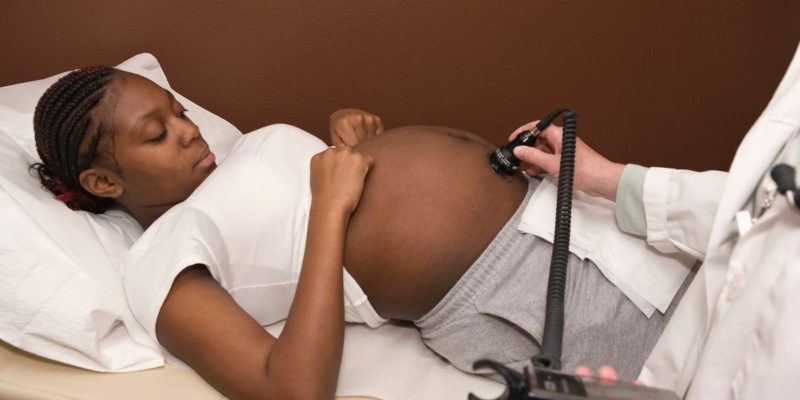7 Things You Must Know If Considering a Vaginal Birth After Cesarean (VBAC)

Mark Wealth
We will have to start from the beginning on this one. “A” is for AFTER; “B” is for BIRTH. “C” is for CESAREAN and “V” is for VAGINAL. VBAC is the answer to the question, “can a woman give birth after a C-Section”? The answer is YES! It is possible to have Vaginal Birth After Cesarean (VBAC).
These are certain guidelines that you must follow first.
1. Bad News First
Yes let’s take the bad news first. Experts believe that the biggest fear they have about VBAC is a uterine rupture. This is when the scar where the incision was made during the Cesarean ruptures in the process of Vaginal birth. Although the rate of occurrence is very low (less than 1%), the effect of this rupture could be life threatening to both mother and child.
It could also lead to uterine infection, pain in your perineum and leaking urine while your vagina heals. Otherwise, the risks are the same as if you’re having vaginal birth for the first time.
2. Double Check
Despite the low risk, if you plan to have a VBAC, you still have to check with your doctor to see if it’s possible. This is because every body is not the same. Your case may be peculiar. In any case, if and when your doctor gives the green light. You will have what the doctors call TOLAC or a Trial Of Labour After Cesarean. When we have a successful TOLAC, TOLAC becomes VBAC. Statistics claim that 60-80% of women who go for a TOLAC are successful.
3. VBAC Vs Repeat C-Section
The esteemed experts favour VBAC to a repeat C-Section. They claim that successful VBACs have a lower morbidity rate than woman who opt for a planned repeat C-Section.
4. Monitor Some More
When going for a VBAC, doctors will watch and monitor the unborn child more often and more closely. They do this through a process called Electronic Fetal Monitoring. It’s done by attaching monitoring pads to your stomach to measure your contractions and the baby’s heart rate mostly. If they find anything out of place with baby’s heart rate, they take appropriate steps to protect you and your baby because it’s a sign that you may suffer a uterine rupture.
5. Plan B and C…and D.
So what if you are going through prolonged labour? Are there any back-up plans? Yes. You could have an epidural where a specialist injects specific areas of your body with pain killers. Alternatively, you could go for a birth pool. The only snag here is that you will be sitting in the pool of water. They may not be able to monitor your contractions or baby’s heart rate if they don’t have water-proof monitoring pads. A few hospitals have those though so remember to ask.
Plan D is an emergency C-Section. This should be the very last resort. In fact, we’re pushing it down to plan Z.
6. Exceptions And Buts
So the answer to whether you can have VBAC is yes, BUT! There are buts and exceptions. Remember we said you have to double check with your doctor, right? If he/she scrutinises your medical history and finds out that you’ve had a uterine rupture in a previous pregnancy or an operation for fibroids, he’ll put up a red flag. Uterine scars are normally supposed to be horizontal but if the doc see yours is vertical (some of them are), he’ll prescribe a planned C-Section. These and other uterine conditions best know to your obstetrician are conditions that could make it dangerous for you to have a VBAC.
7. Chances Of Success
According to www.babycentre.co.uk, you stand as much as a 90% chance of a successful VBAC if you have given birth vaginally before. The chances drop to about 75% if you’ve had one previous Cesarean. If you have gone through two C-Sections previously, your chances of success drop a bit more to 71%. These are still pretty high, eh?
About a quarter of the women that go for a VBAC end up having to go through an emergency C-Section because labour seems to be taking too long.
Basically, VBAC is not a bad thing. The chances of success are high. Just make sure you talk to your doctor about it and feel free to ask questions. Do have a short, safe and smooth delivery.



Awesome
Thanks MIM.
thnx mim
Thanks MIM